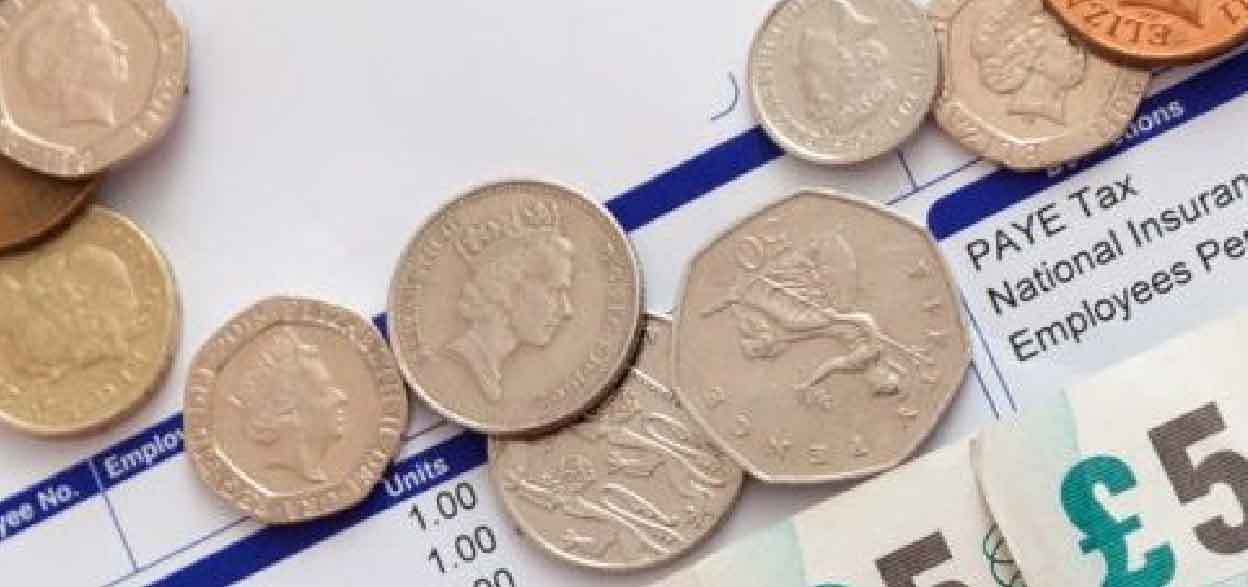Sole Trader vs Limited Company Tax Calculator (UK 2025/26)
Sole Trader Vs Limited Company Tax Calculator – Thinking about whether to run your business as a sole trader or a limited company?
One of the biggest differences comes down to tax.
Our free calculator makes it easy to compare the potential tax implications of each business structure. Simply enter your projected profit and see an estimate of:
-
How much tax you could pay as a sole trader
-
How much you might take home through a limited company (after Corporation Tax, NI and dividend tax)
-
The difference in take-home pay between the two
.

Why does it matter?
Choosing the right structure for your business isn’t just about compliance — it can also impact:
-
Tax efficiency – Limited companies may be more tax-efficient once profits reach a certain level.
-
Simplicity – Sole traders face fewer reporting requirements but may pay higher tax and NI.
-
Growth potential – Companies may find it easier to reinvest profits or attract funding.
-
Legal protection – A limited company provides limited liability, while sole traders are personally liable.

How the calculator works?
This calculator uses the 2025/26 UK tax rates (England, Wales, and Northern Ireland) to provide an illustrative comparison between sole trader and limited company taxation. It includes:
-
Income Tax bands
-
National Insurance contributions
-
Corporation Tax (with marginal relief where applicable)
-
Dividend allowance and dividend tax rates
It assumes one owner, no other sources of income, and that all profits are distributed (unless you choose to retain some in the company).
⚠️ Disclaimer: This tool is for guidance only. Actual tax outcomes depend on your personal circumstances, other income, allowances, and reliefs. Always seek advice from a qualified accountant before making decisions.
Sole Trader Vs Limited Company Tax Calculator
UK Sole Trader vs Limited Company – Tax Comparison (2025/26)
Assumptions (2025/26)
- Personal Allowance £12,570; basic band £37,700; higher/additional thresholds £50,270/£125,140. PA tapers £1 per £2 over £100k.
- Dividend allowance £500; dividend rates 8.75% / 33.75% / 39.35%.
- Self-employed Class 4 NI: 6% between £12,570–£50,270; 2% above. Class 2 treated as paid (no charge).
- Employee NI: 8% between £12,570–£50,270; 2% above. Employer NI: 15% above £5,000.
- Corporation Tax: 19% ≤£50k; 25% ≥£250k; marginal relief between using fraction 3/200 (no associated companies, no augmented profits).
- Region: England/Wales/Northern Ireland (Scottish bands differ).
What to do next
- If you’re just starting out, read our guide: How to Register a Business in the UK
- Want to keep things simple? Learn more about Sole Trader Basics
- Thinking of going limited? Check out our resources on Forming a Limited Company
- Take a look at our Starting A Business section
Sole Trader Vs Limited Company Calculator FAQ
What is the difference between a sole trader and a limited company for tax purposes?
A sole trader pays Income Tax and National Insurance on their business profits, whereas a limited company pays Corporation Tax on its profits, and the owner then pays tax on any salary or dividends they take out. This can result in different take-home pay depending on profit levels.
At what profit level is it more tax-efficient to be a limited company?
There’s no single “magic number” as it depends on personal circumstances, allowances, and how profits are withdrawn. However, generally, once profits reach £30,000–£40,000+, operating through a limited company may start to provide tax savings compared with being a sole trader. Always seek professional advice before deciding.
Does this calculator include all possible taxes and allowances?
The calculator includes the main taxes: Income Tax, National Insurance, Corporation Tax, and Dividend Tax. It assumes a single owner with no other income. It does not factor in things like personal pensions, child benefit, student loans, or other reliefs which could change the outcome.
Do I need an accountant if I use this calculator?
Yes — while the calculator gives an illustrative comparison, an accountant can provide tailored advice, ensure compliance, and identify tax planning opportunities specific to your situation.
Is it easy to switch from sole trader to limited company?
Yes, many businesses start as sole traders and later incorporate. You’ll need to register the company with Companies House, inform HMRC, set up a business bank account, and update contracts and invoices. Our guide on Switching from Sole Trader to Limited Company
Can I leave profits in my limited company instead of taking them as income?
Yes. One advantage of a limited company is the ability to retain profits within the business. These can be reinvested for growth or taken later as dividends. Sole traders cannot do this, as all profits are taxed in the year they are earned.

